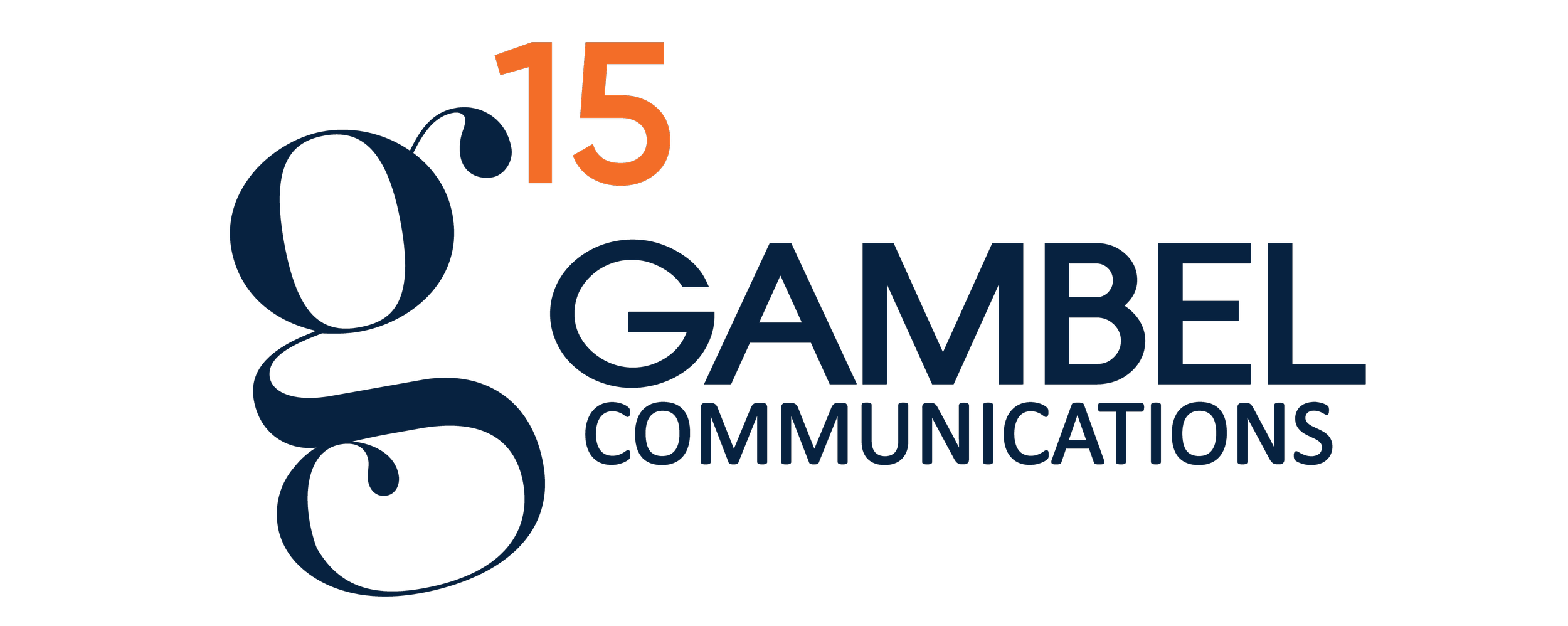Does your digital footprint need resuscitation?
By: Alicia Vial, APR, Senior Communications Strategist
Your business’s digital footprint means more now than it ever has before and whether we like it or not, the perception consumers have about our digital presence becomes part of your reality – good or bad. This means that one publicized misstep or misrepresented social media post can start the ripple effect of cancel culture and cripple a business overnight. It also means that one well-timed interview or intentionally crafted blog post can cause an influx of sales leads or digital conversions on your website.
So, take a moment to think about your digital footprint and what it’s saying about your business. Is your channel mix working together to maximize reach and impact? Are you layering your digital PR strategy with owned, earned and paid?
Regardless of your internal response to these two questions, I’ve put together a few tips to help guide you on the right path to either resuscitate or build upon your business’ digital presence.
Take Stock. Know all the places where your business can be found online. This doesn’t just include the platforms within your digital channel mix like your website and social media profiles, but online review sites and third-party platforms too.
Audit. Audit the channels to see what needs to be updated to make sure your brand is represented accurately, including if you want to have a presence on that channel to begin with. Are your services and programs accurate, have your business hours changed, mission statement been updated, logo refreshed or contact information changed? How have the platforms performed over time? Are they accomplishing the goals you previously set? Analyzing each platform is more than just statics and metrics – it’s understanding what happened and why.
Update. All profile updates, big or small, can be done manually. In some cases, affordable third-party tools can be used to update general business info in dozens of places at one time. These tools aren’t necessary for everyone but can be useful if you have multiple businesses or locations. Don’t forget to make sure that cross links to other platforms are working properly (i.e. your website’s social media links).
Goals & Guidelines. If you don’t already, create SMART goals (specific, measurable, attainable, relevant, time-based) and institute guidelines that establish how your digital platforms are to be used. These guides can take on several forms like community standards for social media engagement or brand guides for your website and email program. The purpose of these guides is to ensure that anyone who plays a role in executing content is doing so on-brand and to accomplish a predetermined goal. These guides can make the difference between one of your employees posting a kneejerk negative response to a customer’s complaint instead of responding with empathy and a desire to help or posting something about current events that’s insensitive or irrelevant.
User Experience. Consider your owned platforms like your website, email program or blog. Are your communication pathways mapped out to provide the optimal user experience and conversions? For example, how does a first-time website visitor convert into an email subscriber with a successful open rate that eventually translates into a customer?
Website. Your website is the number one most important platform to your business. It’s your chance to put your best foot forward with current and potential customers. Make sure that your website content is up-to-date, consider adding a blog if you don’t have one already, review analytics on an ongoing basis and ensure your site is performing correctly.
Increase earned. Despite how well your owned channels perform, you have to balance them with earned media. Consider creating an influencer strategy to increase your online reviews and craft engaging social content that builds a foundation for communicating with your followers in an honest and thoughtful way. Establish yourself as an expert in your industry by taking part in speaking opportunities, interviews with the local media or submitting a letter to the editor or opinion piece to the paper. All of these earned opportunities will build upon your owned channels, not replace them.
Layer with paid. If you’re able, consider layering in some paid advertising. Whether your budget is small or large, there are multiple ways to incorporate paid media into your overall digital public relations strategy. These can range from paid search or display ads to sponsored content on social media or other relevant websites.
Keeping your digital footprint in tip-top shape while staying on top of best practices and new tools can leave your head spinning if you don’t keep up with them. Just remember that your brand's digital presence can be your best asset or your Achilles heel, so invest the time it takes to create and maintain an impactful digital presence for your business.
Free tips and tools to manage your digital footprint:
Create Google Alerts to monitor online mentions.
Setup a Canva account to create branded images, videos and marketing material.
Signup for a free social listening tools like Hootsuite.
Run a free performance report on your website. To do this, visit your website in Chrome, right click, select “Inspect” and choose the Lighthouse tool to run the report.
Use a social media content calendar. There are hundreds of free templates online. Find one that works the best for you.
Document your channel mix. Fancy charts are nice to look at, but simple SmartArt within Word works just fine.
To learn more about how Gambel Communications can help resuscitate your digital footprint and provide online PR to help reach your goals, email us at contact@gambelpr.com.




